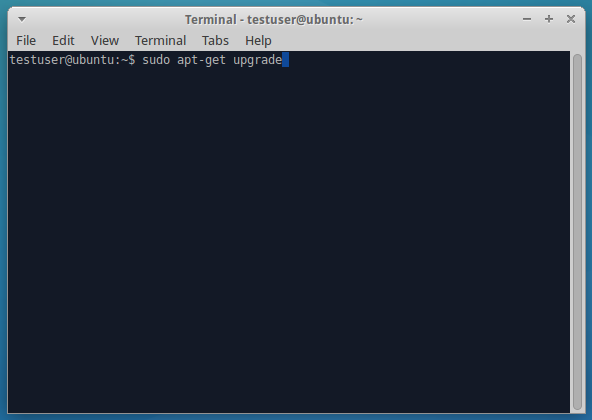You will need
- Account with privileges to run programs as root via sudo. Typically, the first account created in Ubuntu have such rights.
- The computer must be connected to the Internet.
- During the update, downloaded a significant amount of data from the Internet, so it is advisable to ensure that your Internet connection is billed at the unlimited rate.
Instruction
1
Run the terminal emulator. For example, in Xubuntu this program is called Terminal.
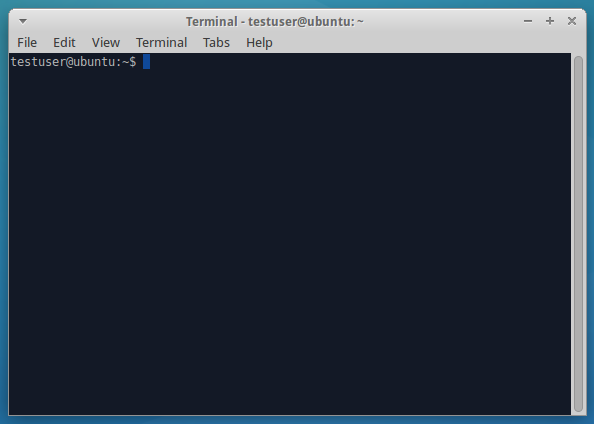
2
The first thing you need to update the list of available packages. This is done with the command sudo apt-get update. When you first run sudo you will be asked to enter the current user account password, for confirmation of the command execution as root. Subsequent runs within the same session will run without password prompt.
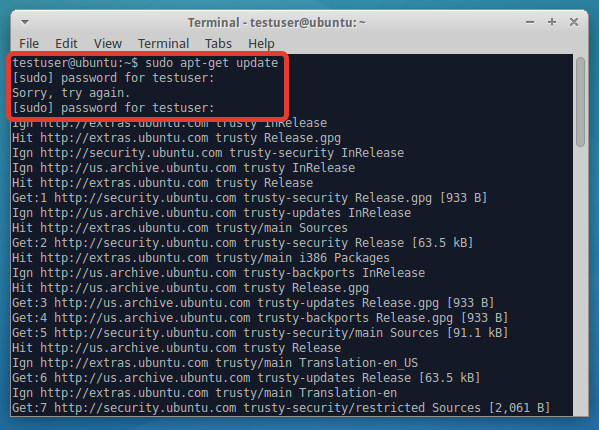
3
After the update packages have completed, enter the command upgrade all installed packages sudo apt-get upgrade.
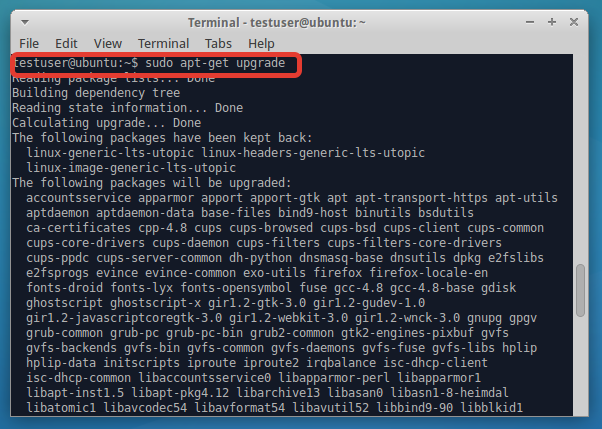
4
If the apt package Manager will detect the available updates it will display a list of updated packages and prompt for continuation. Press Y to start the process of downloading and installing updates. Please note that not all packages will be updated after this command.
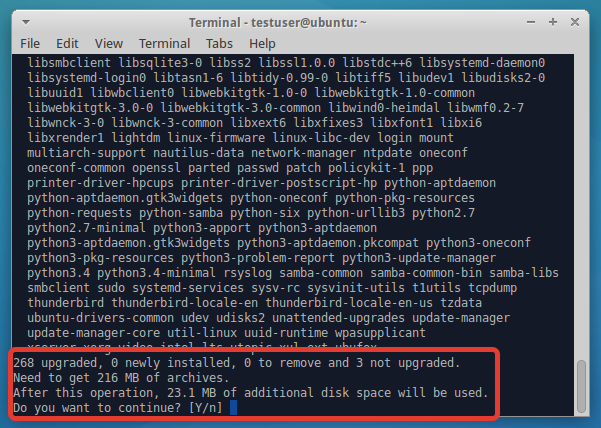
5
Depending on the speed of your Internet connection, PC performance and the number of updates, the update process may takes quite a long time up to several hours. Please be patient. As a rule, the average PC even the bulk update runs for 15-20 minutes. Upon completion, verify that the update went without error, and reboot by typing sudo reboot or otherwise.
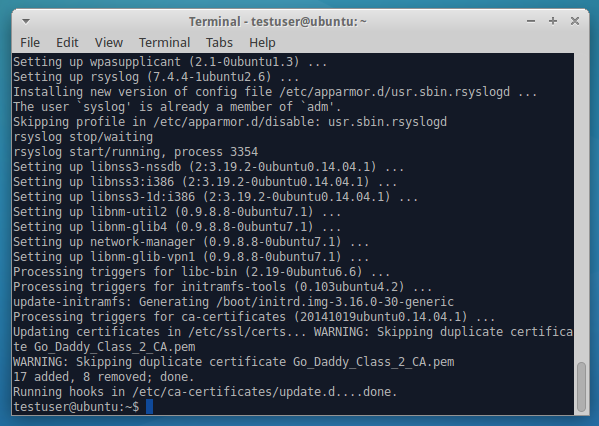
6
After the reboot, run terminal emulator and enter the command sudo apt-get dist-upgrade. This command will update those packages that were not updated by the command sudo apt-get upgrade because of unresolved dependencies. All steps are similar to step 4. Upon completion of the same, restart the computer. The upgrade procedure is completed.
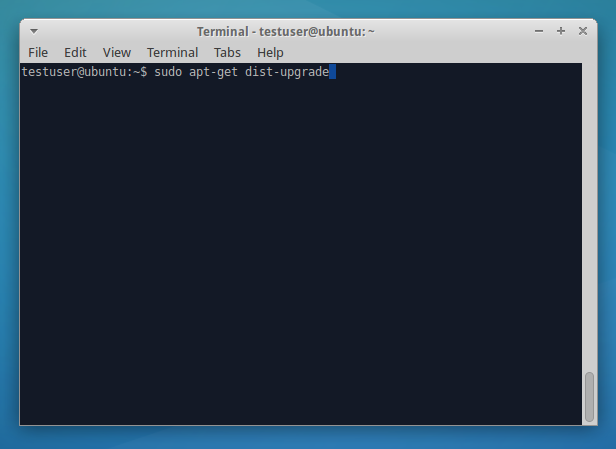
7
The steps above allow you to update the packages in the current distro that canonical releases at intervals of 6 months. And every 2 years in April produced a distribution with long term support (LTS). I recommend you to use only LTS distributions. However, in the case of intermediate distributions in the case of LTS to upgrade one distro to a newer you must use the command sudo do-release-upgrade. It updates to the latest available distribution. Note that by default, using the wizard, you can upgrade LTS distro only until the next LTS distribution. After running the command, follow the on-screen instructions and carefully read all messages.
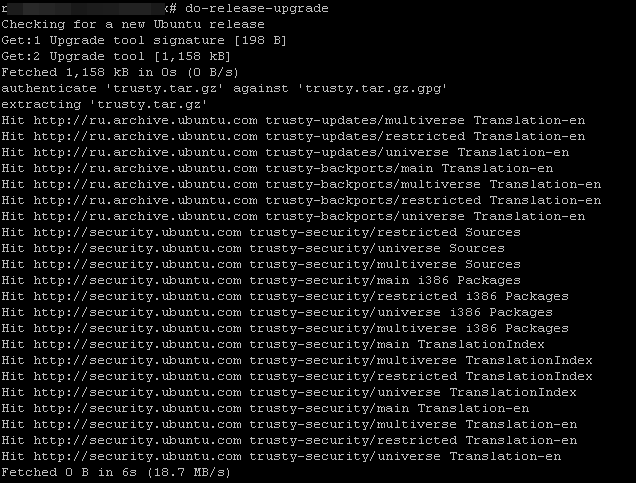
Note
Upgrade to the new version may cause incorrect work of some programs. For example, many mistakes have been after upgrading Ubuntu 10.04 to 12.04 with the changing of the desktop environment. Although most often everything goes smoothly, this caveat should be borne in mind.
Useful advice
To avoid typing every time sudo before each command, you can enter the session of root by command sudo -i. After that, follow all commands without sudo in the beginning of the line.
